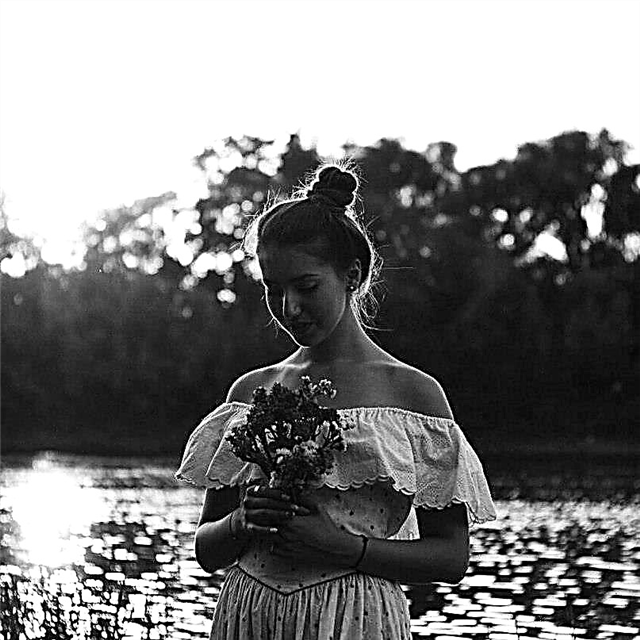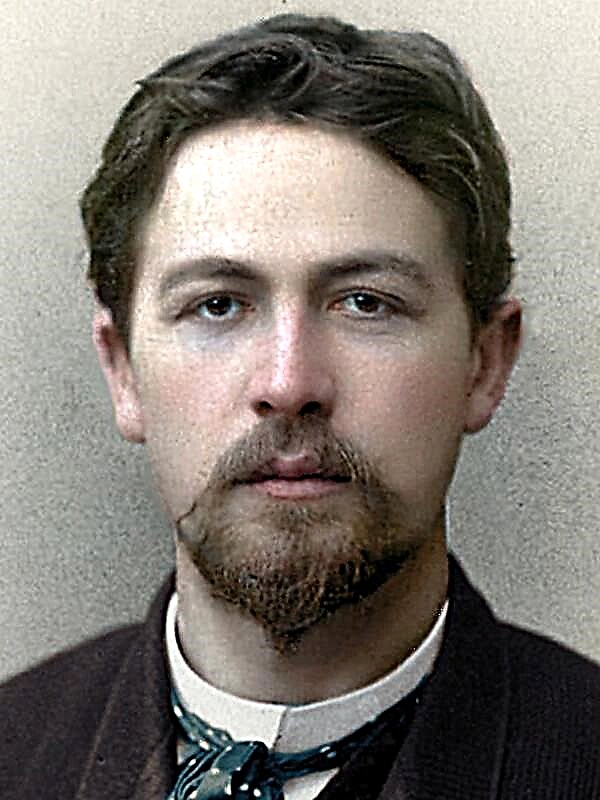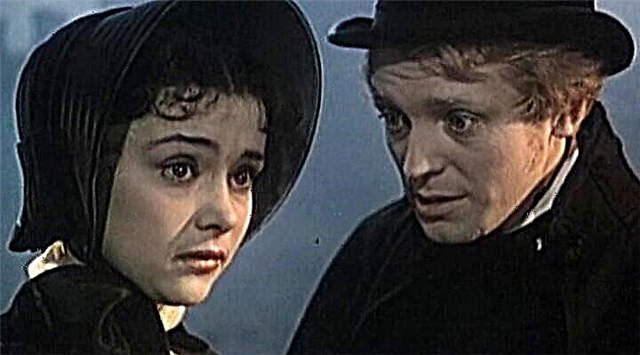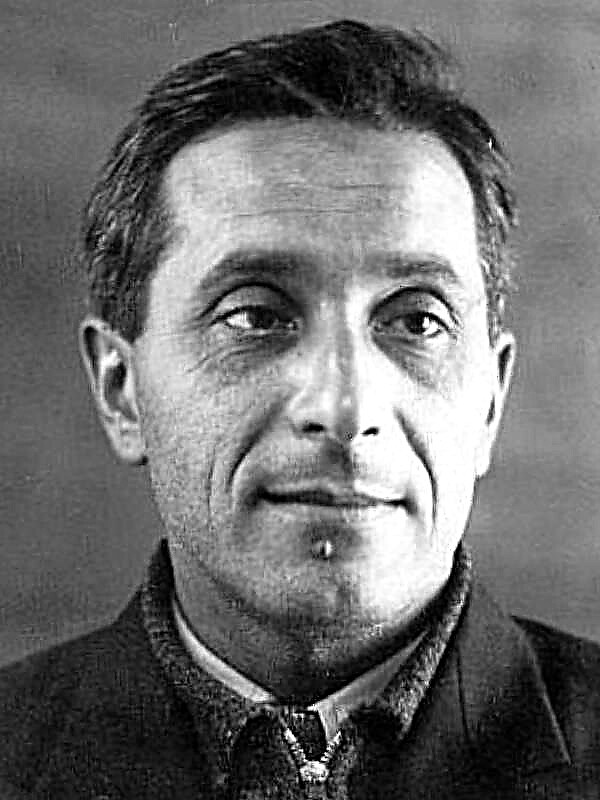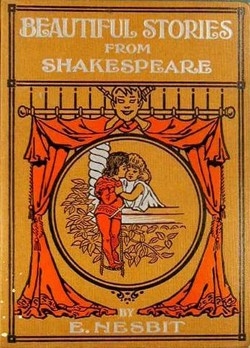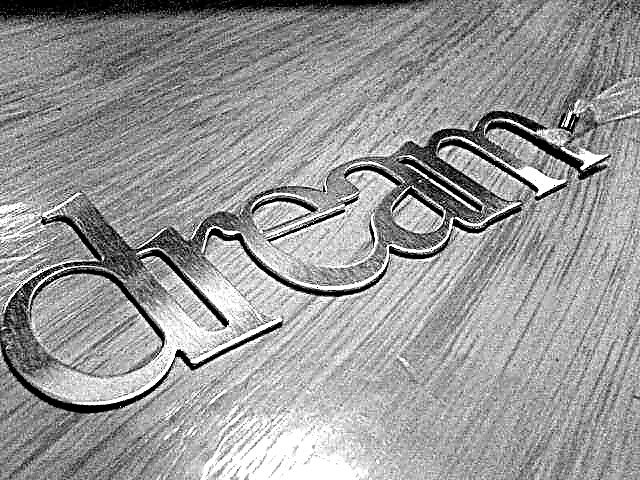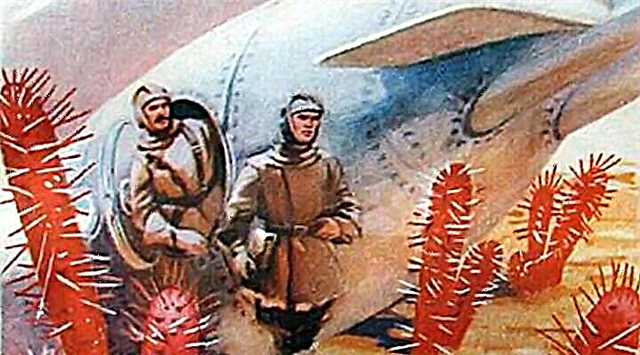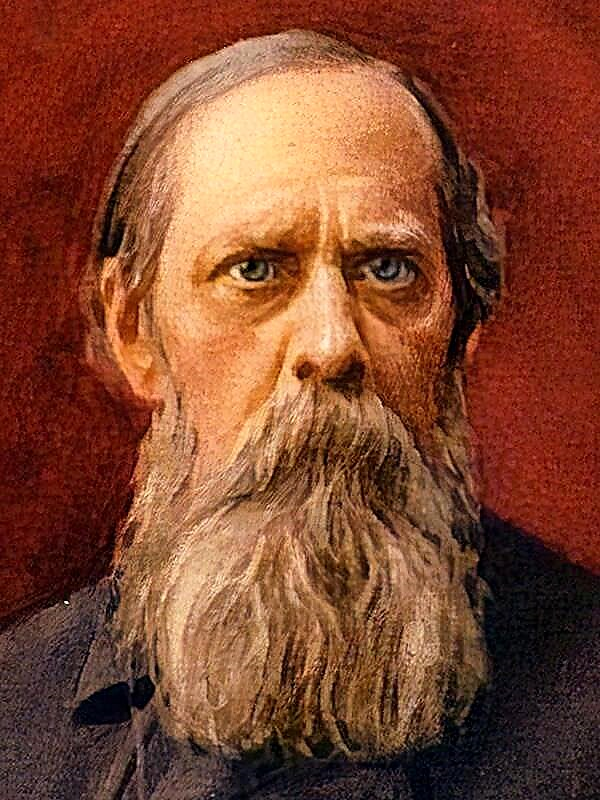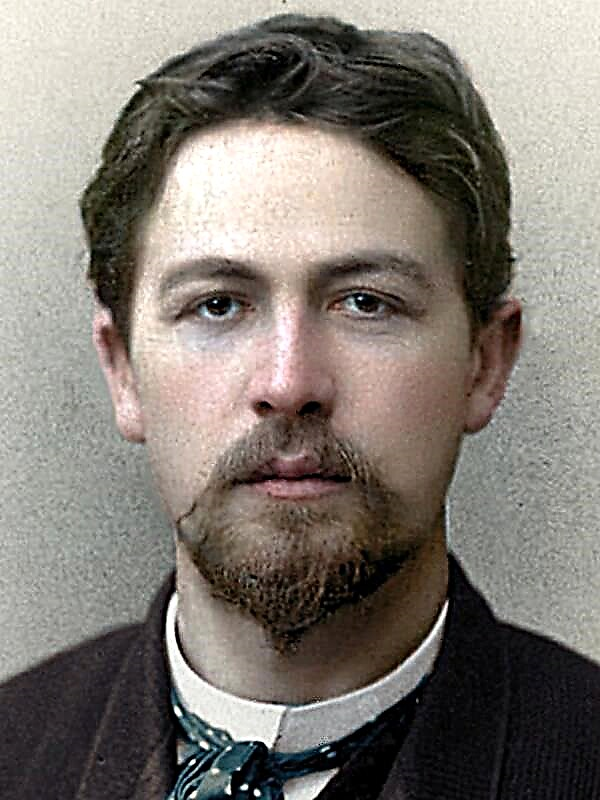Charles Baudelaire is one of the most famous poets of the Decadence era. His work is full of gloom, decay and hopelessness. He reveals to us the dead side of the universe. Death in his poems is beautiful and all-consuming. Darkness, decay, split of consciousness and physical decomposition are the main components of his works. This does not cause absolutely any disgust, but on the contrary attracts attention and draws into the deep abyss of poems. One of his most famous works is Carrion. The name itself reflects the essence of his work. It is the 29th poem in the most famous collection of Charles Baudelaire “Evil Flowers”.
History of creation
The work “Carrion” was written between 1840 and 1850. Alas, there is no exact dating of the creation of this poem. It reflects the internal onslaught that occurred in the soul of the author. This is the time when he met his love of all life, which launched in him the process of both physical and spiritual decay. She was his muse, his “Black Venus” - the ballerina Zhanna Duval.
He not only loved her, but deified and idolized her. Did she love him? A very controversial question. Jeanne Duval is that same unearthly one, beautiful on the outside, but rotten and dead from the inside, a poisonous Flower of Evil. The Baudelaire family did not accept her until his last day, which prompted him to several unsuccessful suicide attempts. Being in a relationship with Duval, he became a regular in dens and other evil places where he conducted "psychedelic experiments" on his minds, falling into the void, moving away from reality. Also, both lovers decomposed almost alive, being carriers of Cupid's Disease (syphilis). At some points, Baudelaire was on the verge of poverty, as he was letting down all the money inherited from his father, which was allocated to him for pocket expenses, for drinking, entertainment and drugs, and, of course, his goddess Duval.
Charles Baudelaire was a big fan of shocking. Once he appeared in a barber with green hair, but this did not bring the desired effect. Nobody paid any attention to him. Indeed, inside he had almost died, turned into a kind of lifeless shell and caused only charity and pity. Carrion is, first of all, the state of mind of the poet. He is a fallen man, morally and partially physically decomposed. The poem best reflects that condition of his condition. In the last years of his life, Baudelaire was on the verge of insanity.
The best translation is the work of V. Levik.
Genre, direction and size
This poem is written in the elegy genre. In it, the author outlined his emotional feelings from his own life, looking at everything from a different perspective.
The translation “Carrion” has a mixed size: six-foot iambic in odd lines and five-foot in even.
The direction of this work, of course, pronounced decadence. Here, one can clearly trace such features characteristic of this literary movement as gloom, decay, and decay.
Images and Symbols
The work “Carrion” takes us to the pastoral pacific expanses of the summer field, along which a loving couple is walking. The description is on behalf of Baudelaire himself, it is likely that his beautiful companion is Jeanne Duval. The poem abounds with contrasting images to create a more vivid effect on the reader’s mind.
For example, in one katern, he puts next to his "angel" and "dead horse." The last image here is nothing but a drawing of a kind of fragile, thin line between the aesthetic and the eternal, the earthly, ugly, but at the same time continuing to exist somewhere deep in the bosom of nature state of this principle. The beauty of the living is short-lived and perishable, it has its own fleeting, inevitable end, and carrion is a kind of freedom from cells and the apotheosis of particles.
All this horror is diluted with the same natural, but positively colored phenomena, such as: “bright white light”, “red grass”, “sun”, and. etc. The author glorifies the aesthetics of decaying flesh: “she lay with her belly up, fetid pus”, “the sun burned this rot from the sky”, “burn the remains to the ground”, “pieces of a skeleton like flowers”, “worms like thick black mucus” ". Baudelaire does not see this as the end of life or something ugly, but on the contrary, takes it all to a new level:
All this moved, billowed and shone,
As if suddenly animated
The monstrous body grew and multiplied,
The vague breath is full.
The randomness of the decay of the flesh captivates the lyrical hero, he is inspired by this phenomenon. Now he sees the beauty of his companion only through the prism of death and decay. He says that everything will fall into place, and the great nature will accept that which rightfully belongs to it, that is, the flesh.
Themes and Issues
In the poem "Carrion" the main problem is the transience of matter and the decay of physical beauty. The central theme is poet and poetry. The author says that only thanks to the power of the word and the depth of meaning is he able to preserve and perpetuate the true beauty, preserving the structure of the poem.
In addition, Baudelaire touched on the topic of love, his chosen one is also not reliable, like the strength of beauty. Love also has an expiration date, feelings also succumb to the process of decomposition, and then sink into oblivion. This is the nature of human emotions, it is neither good nor bad, it just is. However, any wonderful impulse of the soul can find a place in creativity and gain immortality.
Also, the poet admires the harmony of nature and its many parts, which, being born and dying, nevertheless become whole. The horse died, but became the refuge of a new life - worms, a hungry dog, etc. There is nothing superfluous in the surrounding world, everything is ingeniously thought out.
Meaning
The meaning of this work lies in the fact that absolutely nothing physical is eternal, that everything has its own end, and to capture the image is possible only in memory. Baudelaire showed that there is nothing ugly in what is natural. With his poem, he emphasized all the beauty, both living and dead, creating a certain contradiction.
Paying tribute to nature with its harmony and absolute completeness, he nevertheless recognizes the power of the creation of human hands - art. It is it that is the omnipotent force that can turn back the clock and perpetuate the memory of beauty.
Means of artistic expression
The work “Carrion” is full of various artistic techniques. Baudelaire actively used the antithesis to give greater expressiveness to his poem. He contrasts “angel” and “dead horse”, “rotten corpse” and “living star” in order to emphasize the fine line between the living and the dead.
The author also uses a large number of epithets in order to give a duality of impression: “white light”, “fetid pus”, “half-decayed”, “great Nature”, “fragrant heat”, etc. Baudelaire uses a comparison of the corpse of a horse with a shameless square girl, thereby showing vulgarity and shamelessness fell, both spiritual and physical.
Criticism
Creativity Baudelaire caused an mixed reaction from critics. The famous French existentialist writer Jean-Paul Sartre wrote a research paper on his poetry in terms of existential psychoanalysis. He emphasized the essence of his feelings and creativity in general:
The more dirty it is, the body that is mired in
shameful delights, the more disgust it will cause on the part of Baudelaire himself, the easier it will feel for himgaze and embodied freedom, the more easily his soul will break out of this sick shell.Evil for him is not the result of licentiousness, it is an anti-Good, possessing all the signs of Good, only taken with the opposite sign.
But as soon as Sartre begins to draw conclusions, evaluation categories immediately creep into them:
Baudelaire does not know the slightest difference between extreme forms of self-affirmation and ultimate forms
self-denial.

